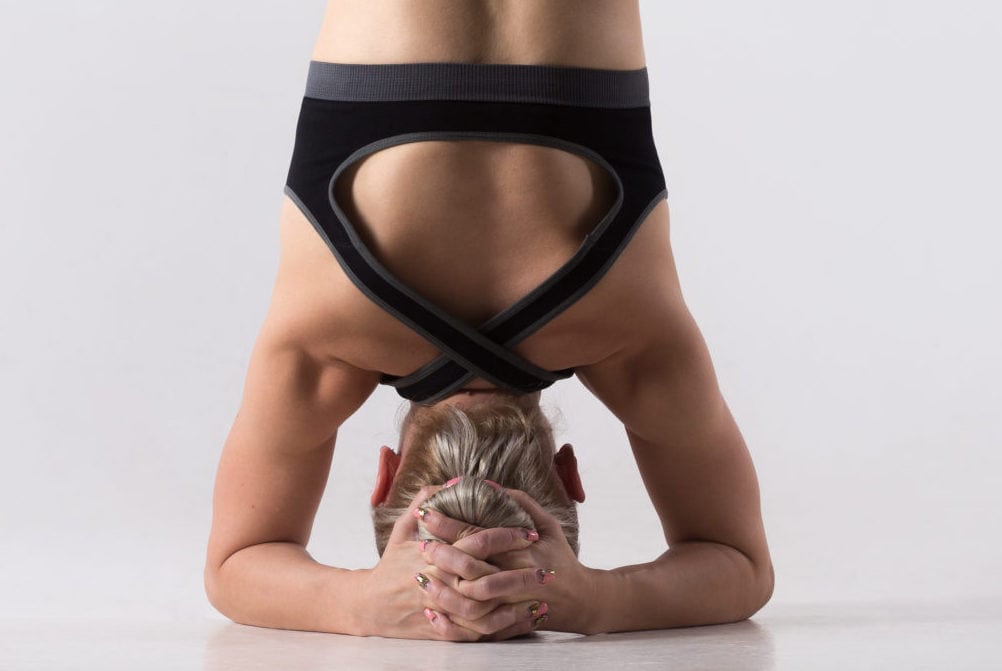

In this lesson, we examine inversion poses as a category, and ways to apply this knowledge in teaching.
Objective
Become proficient in the nature and effects of inversion poses, and considerations for wisely teaching and sequencing them.
Description
Explain what is meant by yoga inversions and the terms “classic inversions,” “full inversions” and “mild inversions.” Give examples of poses that are both arm balances and inversions and provide various names that have the same meaning as “mild inversions.” Explain what is meant by “gentle” or “restorative” inversions. Provide conditions for which inversions of any type are contraindicated and describe important cautions related to inversions in general. Individual inversion poses will each have their own contraindications and cautions; provide an example of a caution for a specific inversion pose. For cases when inversions are not contraindicated but poses such as Headstand and Forearm Balance are not appropriate, provide examples of safer alternatives. Describe the general physical effects and energetic effects of inversions, and the yoga philosophy perspective regarding inversions and amrita. Provide sequencing considerations for inversions and a list of poses
To view this page and thousands more, we invite you to join Yoga Teacher Central, serving teachers since 2012.
You'll get instant access to a massive, organized library of practical and time-tested lessons, plans, and support for yoga teachers and trainers.
The entire site is member-supported and ad-free.